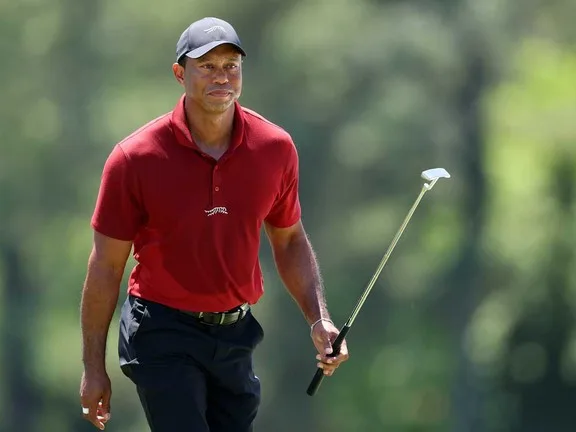Golf, often perceived as one of the last bastions immune to the specter of performance-enhancing drugs, found itself embroiled in controversy when a former PGA Tour player leveled accusations against Tiger Woods. Woods, renowned for revolutionizing the sport with his rigorous training regimen in the late 1990s, faced claims from Mark Lye, a former PGA Tour competitor turned broadcaster.
Lye, whose career spanned from 1977 to 1995, suggested during an episode of Don’t @ Me with Dan Dakich that Woods may have utilized steroids at some point. He asserted that while it might be a poorly kept secret, there’s a prevailing sense within Tiger’s inner circle to quash such speculation. Lye’s bold statement underscored a sentiment shared by many, alleging that up to 80 or 90% of observers harbor doubts regarding Woods’ methods.
The allegations against Woods are not without precedent. Famed sportswriter Michael Bamberger previously explored circumstantial evidence that could suggest Woods dabbled in performance-enhancing drugs. Bamberger highlighted the absence of steroid testing in the PGA Tour until 2008, well after Woods had established himself as a dominant force in the sport. However, he cautioned against drawing definitive conclusions solely based on changes in Woods’ physique over time.
Woods’ physical transformation throughout his career has been undeniable, prompting speculation and scrutiny from both fans and critics alike. Yet, attributing such changes solely to chemical assistance remains a contentious and unproven assertion. While Lye’s claims may lack concrete evidence, they serve as a reminder of the enduring skepticism surrounding Woods’ legacy and the broader issue of doping in professional sports.
In conclusion, while accusations of performance-enhancing drug use in golf may seem incongruous with the sport’s traditional image, they nevertheless highlight the ongoing debate surrounding integrity and fair play at the highest levels of competition. As Woods’ legacy continues to be scrutinized, the question of whether he harnessed illicit assistance remains unanswered, leaving room for speculation and skepticism within the golfing community.
